White bloom on gooseberries: what kind of disease and how to treat it?
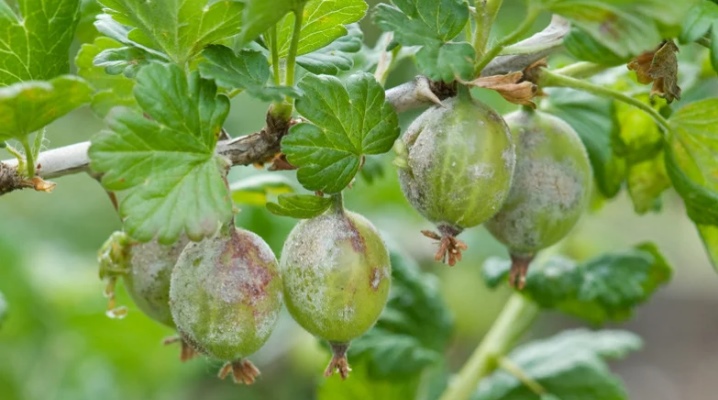
Very often, white bloom can be seen on the leaves of the gooseberry. Its appearance is the first symptom of such a fungal disease as powdery mildew. Having noticed the signs of the disease, you must immediately get rid of it, using all available methods.
Reasons for the appearance
Powdery mildew appears on gooseberry leaves in early March, when buds begin to bloom. The disease develops most actively in cold and rainy weather. But in dry and hot summers, it practically does not progress.

It is also worth noting that weakened plants that are not particularly cared for are most often affected by the disease. Young seedlings are usually resistant to this disease.
It is not difficult to notice the symptoms of this disease. If the upper part of the leaves is covered with a white coating, a bit like a cobweb, then the plant is already infected. Over time, the layer of white bloom begins to thicken and spread to branches and berries. Later, brown spots with black dots appear on it. The gooseberry slows down its development, and the spores on the fruits lead to their drying out and falling off.
Having destroyed the gooseberry bushes, the disease can spread to the currants. Therefore, noticing that the leaves of the plant have turned white, you must immediately begin to fight against powdery mildew.
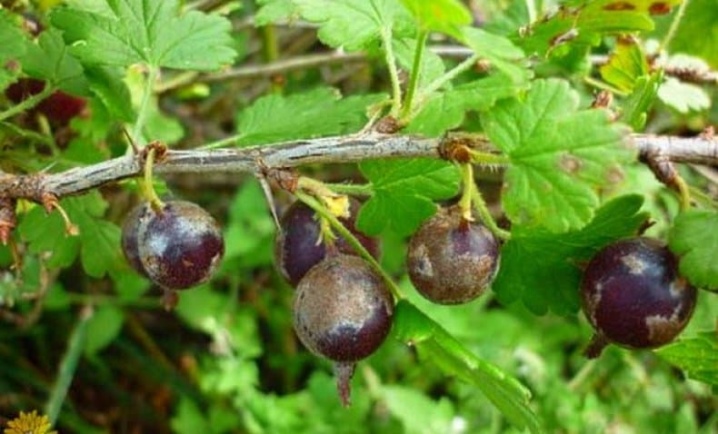
What to use to fight?
Various methods can be used for this purpose. Both chemical preparations and self-prepared solutions are suitable.
Special drugs
To completely cure the affected culture, it is necessary to take appropriate measures quickly enough. Chemical preparations work most effectively in this case.
- Copper sulfate. This remedy can be used both for the treatment of the disease and for the purpose of prophylaxis. If you treat the bushes with this drug immediately after the thaw, then the likelihood of infection will significantly decrease. Infected plants need to be treated with a concentrated solution. To prepare it, you need to mix 10 liters of water and ½ part of a glass of copper sulfate powder. After the dry product is completely dissolved, you can start processing the gooseberry. To fix the result, it is necessary after 2 weeks to re-spray the bushes.
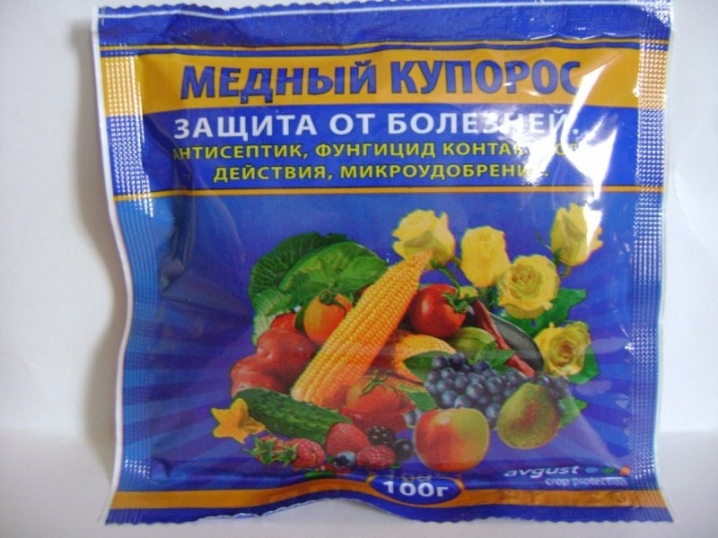
- "Topaz". This is another drug to watch out for. It is sold in ampoules. The contents of each of them are diluted in 10 liters of water. For the result to be more effective, you need to process the gooseberry twice: before flowering and immediately after it. The drug does not harm the environment.
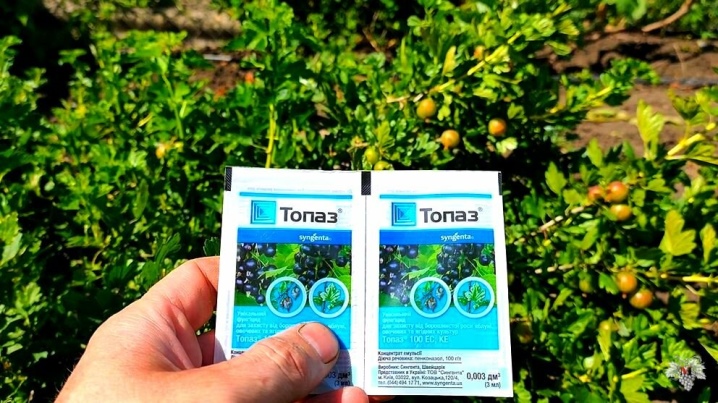
- Bordeaux mixture. To prepare a spray solution, you will need 1.5 cups of lime and 1.5 cups of copper sulfate. Both components must be poured into two different containers - it is best to use glass or enamel containers. Pour 2-3 liters of hot water into both bowls. Next, add another 5 liters of water to the mixture with vitriol, but already cold, stir everything thoroughly. After that, both solutions should be mixed. The resulting product can be processed with gooseberries.

Folk remedies
Many gardeners prefer to use folk remedies to treat plants affected by a fungal disease, especially if the plants need to be sprayed during the flowering or ripening period of berries. Various products are used to prepare solutions.
- Wood ash. To create a mixture, you will need to mix 1 kilogram of ash with 10 liters of clean water.The resulting solution must be placed in a warm place for 3-5 days to infuse. After that, the mixture must be shaken well, and then proceed to spraying the affected bushes. To consolidate the result, the gooseberries will need to be re-processed after 2-3 days. Most often, after several spraying procedures, the white plaque completely disappears.
It is worth noting that it is best to carry out the ash treatment with an ordinary broom, because the sprayer can simply get clogged in the process.
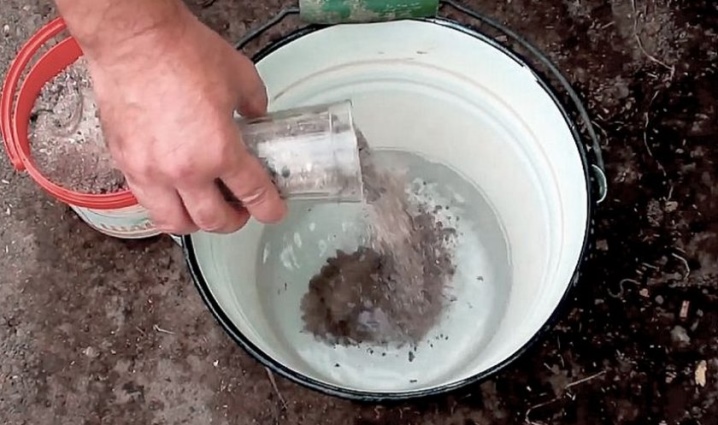
- Mullein. A solution prepared on the basis of manure allows you not only to get rid of powdery mildew, it also acts as a fertilizer. To prepare the solution, you will need to mix 1 part of manure and 3 parts of clean water. After that, the mixture must be placed in a warm place for 72 hours. After this time, the solution must be filtered. It is worth noting that you should not use fresh manure to prepare the solution - this will only harm the plants.

- Soda. A light soda solution is considered an effective remedy that is often used in the fight against fungal diseases. To prepare it, you will need 4 tablespoons of baking soda, 1 piece of laundry or tar soap, grated, 10 liters of water. All components must be thoroughly mixed, and then start spraying.
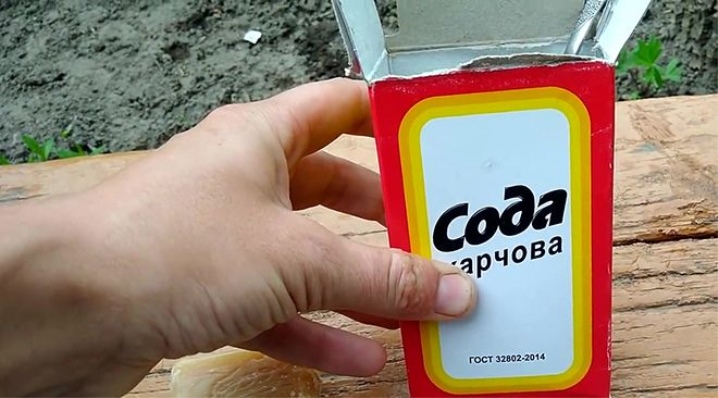
- Potassium permanganate. Quite often, gardeners on their plots use potassium permanganate in the fight against powdery mildew. To prepare a solution, pour 2 grams of powder into 1 bucket of water. You do not need to insist on it. The solution for spraying bushes is used immediately after preparation.
Processing with such a mixture must be carried out every 7 days. It is worth stopping the procedure when the plant is fully recovered.
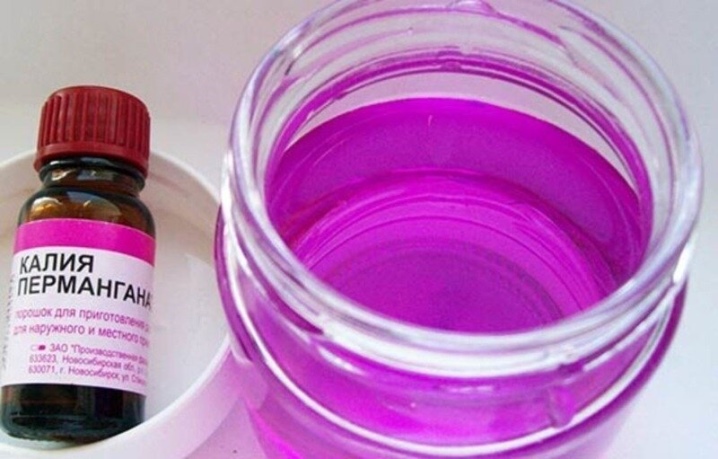
- Onion peel. The first step is to prepare 250 grams of onion husks and pour 1 bucket of boiled water over it. The mixture must be placed for 48 hours in a warm and dark place for infusion. After this period, it will be ready for use. The first time the treatment should be carried out before the beginning of flowering, and the second - after its end. To completely get rid of white bloom, it is necessary to spray the bushes after harvest. Husk also helps to cope with other fungal diseases.
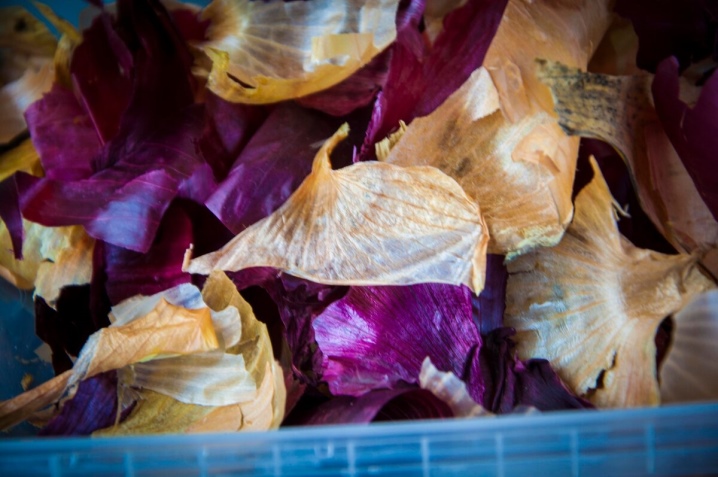
- Dry tansy. To prepare the herbal solution, you will need 35 grams of tansy, pour 1 bucket of boiled water. Then the mixture must be put in a warm place for 24 hours to infuse. After that, the solution must be cooked for 2 hours over low heat. Next, the mixture must be cooled and then filtered. The resulting solution should be sprayed on the ground under the gooseberry bush. You can also use a decoction of fresh horsetail for processing plants. It is prepared according to the same principle.
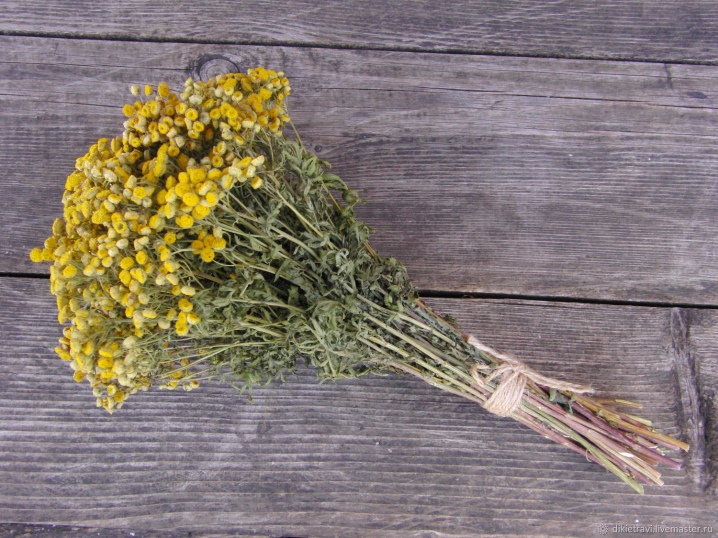
- Milk serum. To prepare a solution, a liter of this product must be diluted with 9 liters of water. You need to use the mixture in its pure form. Plants are sprayed with this solution several times. You need to take a break of 6-8 days between procedures.
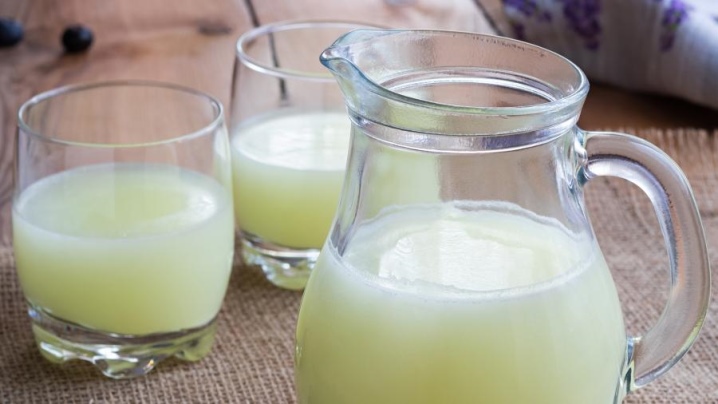
- Mustard. You can also use a mustard solution to spray gooseberries. In a bucket of warm water, stir 2 tablespoons of the powder. Once the resulting mixture has cooled, it can be used to treat bushes.
The result will be noticeable after the first procedure.
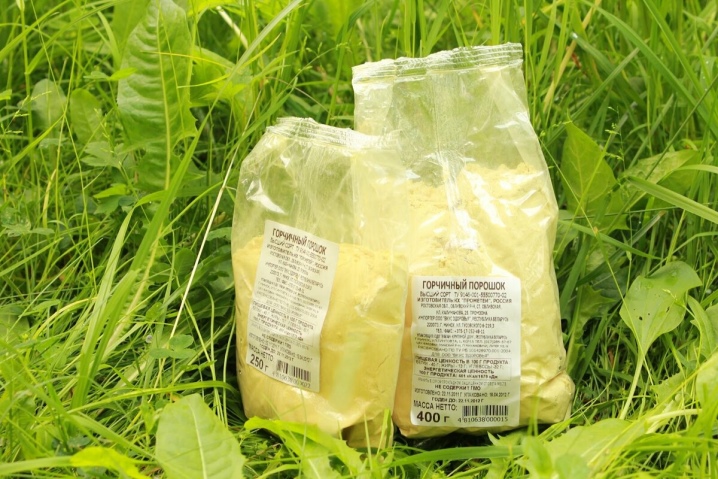
It is worth using folk remedies at an early stage in the development of the disease. The earlier the treatment was started, the more success it will have. It is necessary to process the bushes in dry, calm weather. If it rains after spraying, the procedure must be repeated.
Prevention measures
In order to prevent the appearance of white bloom on the leaves, preventive measures cannot be neglected.
- When planting plants, you must maintain a distance of one and a half meters. This is necessary so that there is normal air circulation between them. In addition, it is recommended to plant the bushes on the sunny side of the site - this will increase their resistance to fungal diseases.
- In the spring, the soil under the bush must be carefully loosened. After that, it is recommended to cover it with a layer of mulch, which can be used as dry straw.
- From time to time it is necessary to inspect the bushes and remove the affected gooseberry branches. However, this should be done very carefully so that the spores do not spread to healthy shoots. The branches must be immediately destroyed at the stake.
- After treating the affected plants, the garden tools must be thoroughly disinfected. To do this, you can use a light solution of potassium permanganate.
- To make the plant more disease resistant, it needs to be fertilized regularly. To do this, you need to use phosphorus-potassium dressings. But nitrogen fertilizers should be excluded or used no more than once a year.
- It is not recommended to water the bushes too abundantly. Excess moisture usually provokes the development of fungal diseases.
- In the spring, even before the buds appear on the gooseberry, the bush must be sprayed with hot water. To enhance the effect, you can use a weak solution of potassium permanganate or soda. This will protect the bushes from fungal diseases and pests.
- When cleaning the garden in autumn, you need to collect all the foliage that has fallen from the bushes and immediately burn it... The soil on the site must be carefully dug up.
- Also, if possible, it is worth choosing varieties that are resistant to fungal diseases for planting. For example, powdery mildew rarely affects American gooseberries. Also, gardeners should pay attention to such varieties as "Russian Yellow", "Isabella", "Kolobok" and "Lefort".
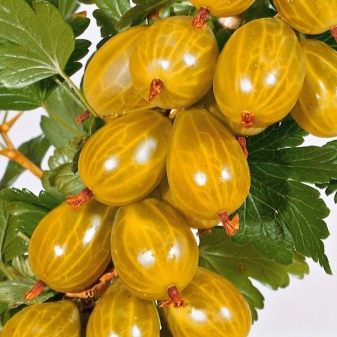
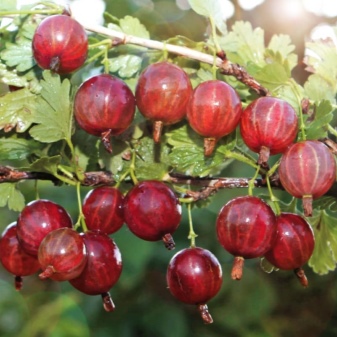
Summing up, we can say that it is not so difficult to get rid of the white bloom on gooseberries if you start to fight the disease in a timely manner.
For information on how to deal with powdery mildew on gooseberries, see the next video.













The comment was sent successfully.